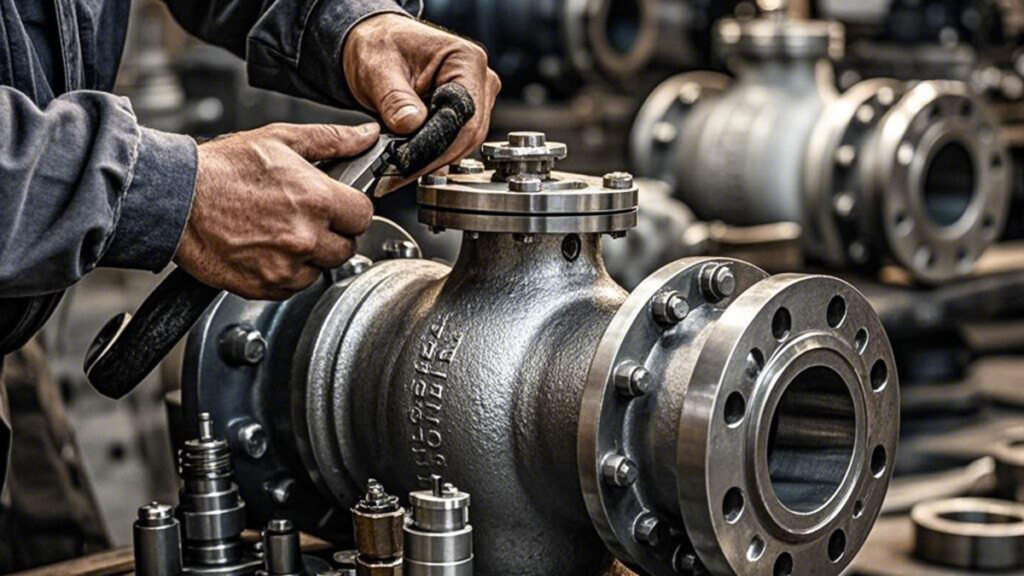As the core equipment for industrial fluid control, the special design of ball valves with balanced holes is particularly important in high-pressure scenarios. This paper comprehensively analyzes this key technology from structural principles to application scenarios.
First, the structural design of the balance hole
Ball valves with balancing holes are equipped with small holes of about 1-3mm in diameter on the ball body, which are connected to the valve inlet and outlet through pipelines. The design through the pressure balance mechanism to solve the operating problems of high-pressure media, commonly used in DN50 or more large-caliber valves.
Second, the principle of work in detail
Closing process:
Balance hole will lead the upstream high pressure to the downstream side of the ball, reducing the pressure difference (ΔP ≤ 1.0MPa).
Avoid excessive pressure due to the medium resulting in operating torque over the limit (ordinary ball valve closing torque can be reduced by 40%).
Opening process:
Balance hole pre-release part of the pressure, reduce fluid shock, extend seal life.
Third, the core advantages
Advantages Data Support
Reduced operating force Torque reduction 30%-60% (ASME B16.34 test)
Extended seal life Leakage rate <0.01% (ISO 5208) Improvement of applicable pressure range Maximum pressure up to 42MPa (API 6D certification) Typical Application Scenarios High-pressure piping system: Petroleum refining (≥ 10MPa), natural gas transmission (PN100 level). Medium containing solid particles: Mining (slurry), paper (fiber suspension). Corrosive environment: Chemical industry (concentrated acid / alkali), seawater desalination (Cl-concentration> 20,000ppm).
V. Selection and maintenance points
Material matching:
Valve body: carbon steel (A105) / stainless steel (316L).
Seal: PTFE (≤150℃) / Metal hard seal (≥300℃).
Installation requirements:
The balance hole needs to face down vertically to avoid clogging by impurities.
It is recommended to configure a drain valve (quarterly cleaning).
Troubleshooting:
Difficulty in closing → Check whether the balance hole is blocked (can be purged with compressed air).
Increased internal leakage → Replace the O-ring (recommended to use perfluoroether material).
VI. Industry Standards and Compliance
API 6D: pipeline valve balance hole design specification.
ISO 17292: oil and gas industry ball valve performance testing.
ASME BPVC VIII: Safety requirements for balance holes for pressure vessels.
Summarize
Ball valves with counterbalance orifices solve the problem of operation under high pressure conditions through clever pressure balance design. Selection requires a combination of media characteristics (pressure/temperature/corrosivity) and industry standards, as well as regular maintenance to ensure that the counterbalance orifice is clear. For a customized solution, contact an API 608 certified valve manufacturer for a CFD flow analysis report.
Technical analysis of ball valves with balancing holes: Why does the ball need this small hole?

{"aigc_info":{"aigc_label_type":0,"source_info":"dreamina"},"data":{"os":"web","product":"dreamina","exportType":"generation","pictureId":"0"}}